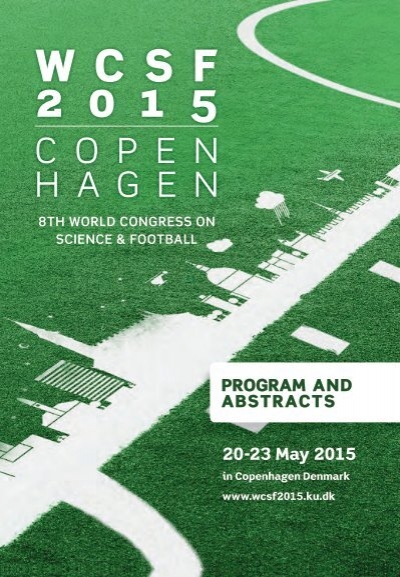Castagna C1, Francini L1,2, Bosio A2, Connolly DR 2, Carlomagno D 2, Rampinini E2
1, Football Training and Biomechanics Laboratory, Italian Football Federation (FIGC) Technical Department, Coverciano (Florence), Italy;2, Human Performance Laboratory, MAPEI Sport Research Centre, Olgiate Olona (Varese), Italy

The aim of this study was to examine the relationships between endurance field-tests and high-intensity match activities in youth football players of different ages. Sixty-seven youth football players (U14 to U17) were tracked with 20-Hz GPS units during friendly matches and assessed for aerobic fitness with popular field tests (High-intensity Intermittent Test, Yo-Yo IR1, Mognoni’s test). Players’ years from peak height velocity (Y-PHV) was also calculated. Total distance (TD), distance covered above 18 km·h-1 (DS18), distance covered with accelerations or decelerations greater than 2.0 or 2.5 m·s-2, equivalent distance (ED) and distance with metabolic power above 23 W·kg-1 (DP23) were considered as representative of high-intensity activity (HI) during a match. Results showed mainly moderate-to-small associations (0.30 < r < 0.50) of aerobic fitness variables with match activities. When match perceived effort was considered (match intensity, RPE >5 a.u. Borg Scale, n=30) the relationships become large for TD, ED, DP23 and decelerations. For accelerations, the relationships become large only with YoYo IR1. A moderate effect of Y-PHV was observed on HI match variables when match RPE >5 a.u. was considered. This study showed that in young non-elite football players aerobic fitness assessed either with maximal (Yo-Yo IR1) or sub-maximal (HIT, Mognoni’s test) field tests was mainly moderately associated with match HI. The influence of metabolic aspects seem to be more pronounced when the players’ physical abilities become more strained during a match. Estimated physical maturity had a moderate effect on match HI in this age span.
8th World Congress on Science and Football 20 – 23 May 2015, Copenhagen, Denmark